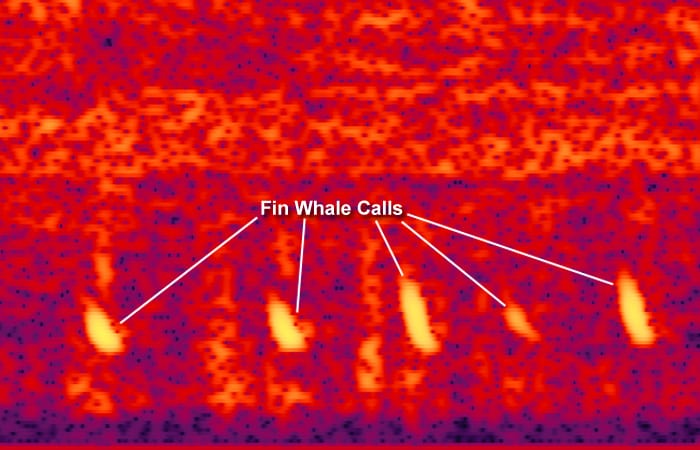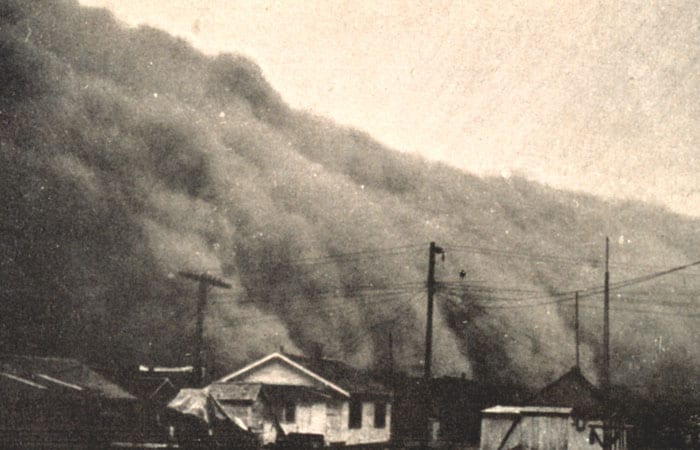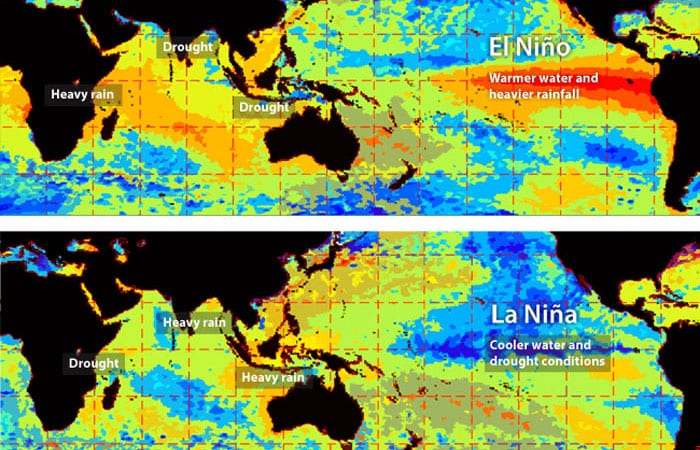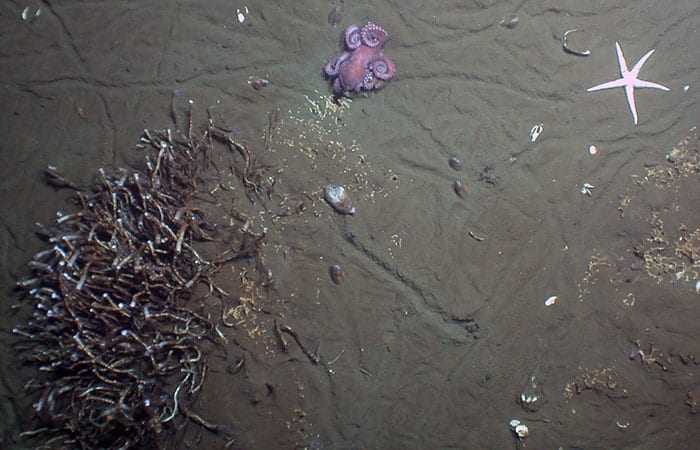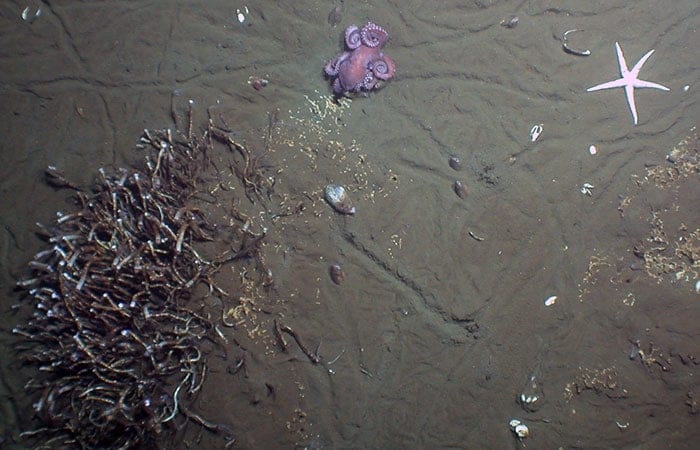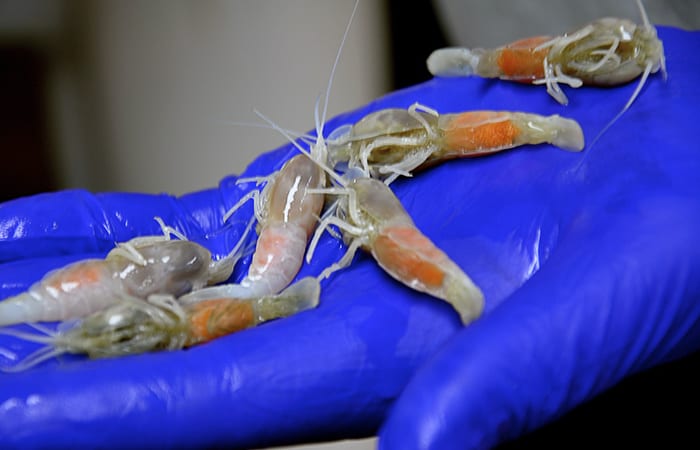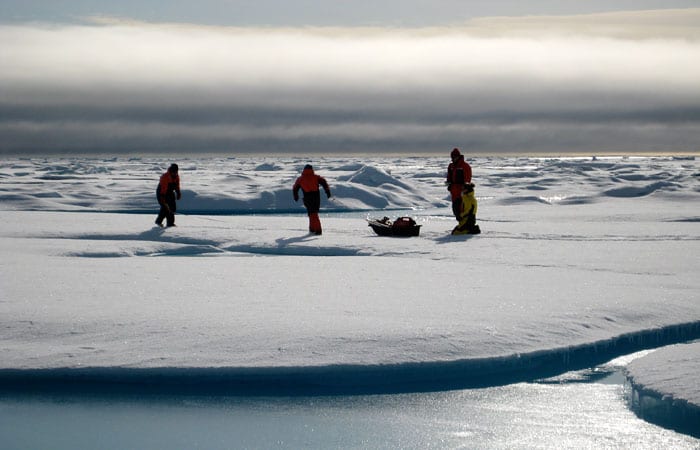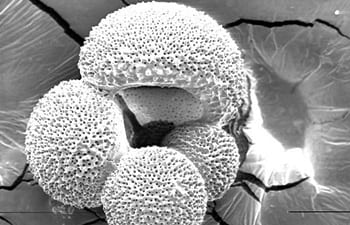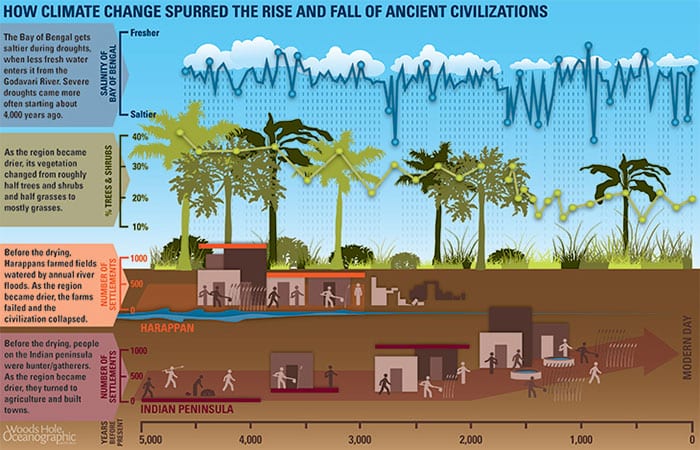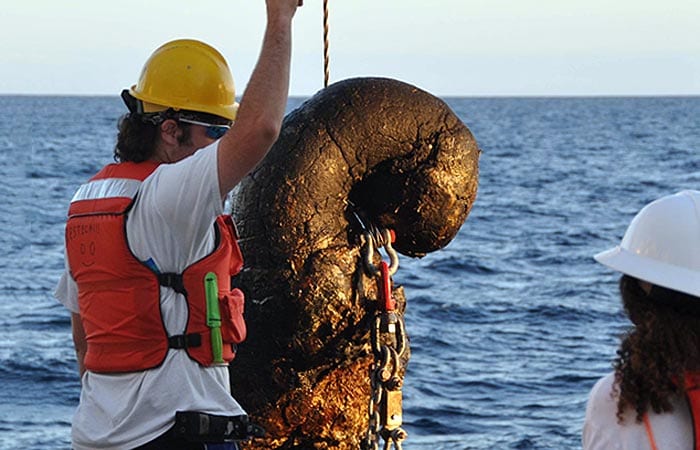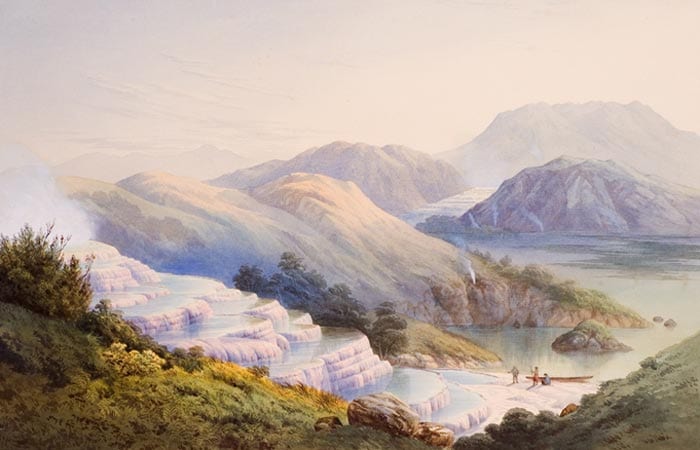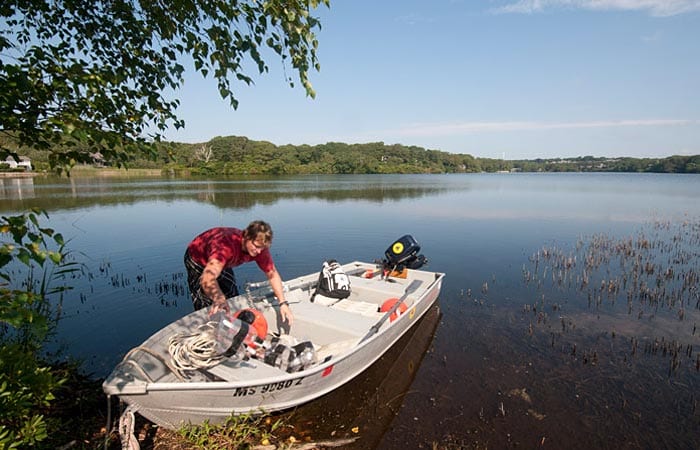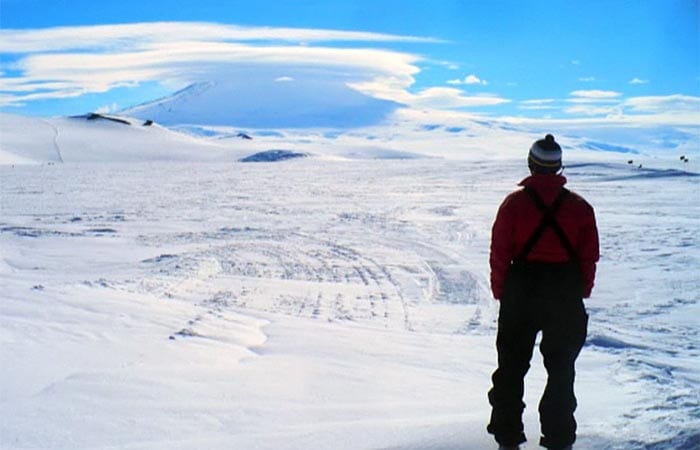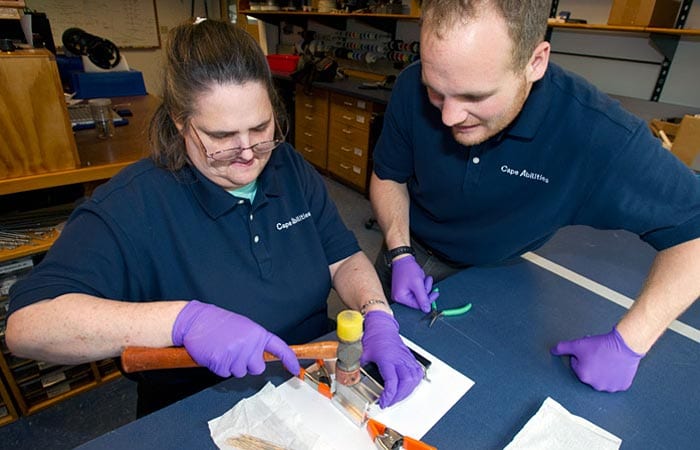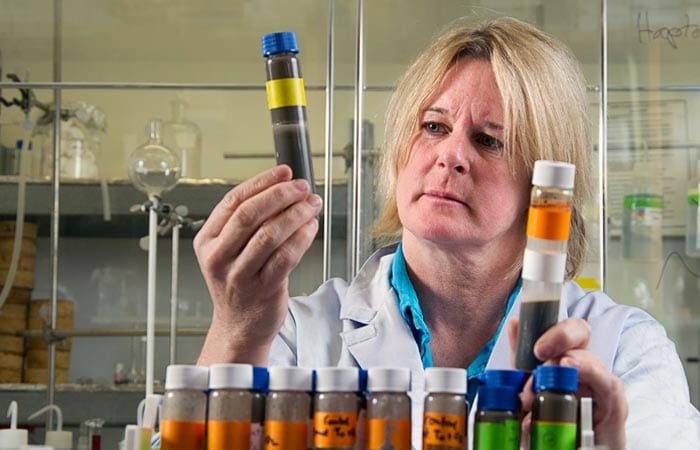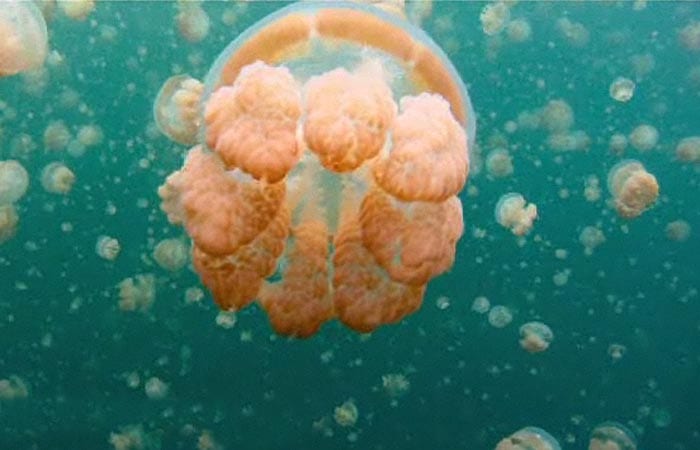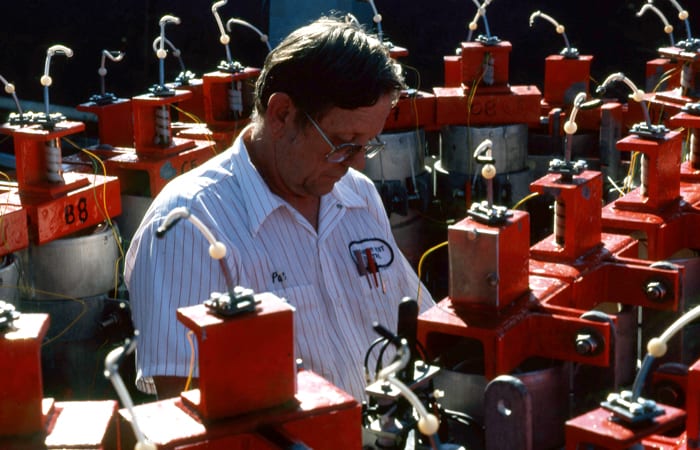Geology & Geophysics
The Synergy Project, Part II
Back in my high school, and maybe yours too, kids naturally separated into cliques—jocks, punks, preppies, hippies, and at the extremes of the mythical left- and right-hemisphere brain spectrum, nerds…
Read MoreThe Synergy Project
Back in my high school, and maybe yours too, kids naturally separated into cliques—jocks, punks, preppies, hippies, and at the extremes of the mythical left- and right-hemisphere brain spectrum, nerds…
Read MoreSeismic Studies Capture Whale Calls
In November 2012, the California Coastal Commission met to consider a request by Pacific Gas and Electric to study a geologic fault that runs along the central California coast just…
Read MoreStorms, Floods, and Droughts
The source of the rain that filled your town reservoir, or flooded your nearby river, or never arrived to water your crops, is most likely the ocean. The ocean contains…
Read MoreNew Weather-Shifting Climate Cycle Revealed
Scientists have uncovered evidence for another natural cycle that, like El Niño and La Niña, shifts Pacific Ocean winds and currents and rearranges rainfall and weather patterns around the globe.…
Read MoreDeep-sea Detectives
Links to related materials Mid-Ocean Ridges—Articles, illustrations, and video showing how new seafloor crust forms Mapping the Seafloor with Multibeam Sonar Profile of Marshall Swartz Story of the SDSL Data-Link…
Read MoreDeep-sea Detectives
Links to related materials Mid-Ocean Ridges—Articles, illustrations, and video showing how new seafloor crust forms Mapping the Seafloor with Multibeam Sonar Profile of Marshall Swartz Story of the SDSL Data-Link…
Read MoreDeep-sea Vents Yield New Species
Call it “midnight at the OASES.” Neither permanent darkness nor extreme pressure and heat cause problems for a host of new deep-sea species found in January by an international research…
Read MoreFollow the Carbon
“Carbon is the currency of life,” said David Griffith, a marine chemist at Woods Hole Oceanographic Institution (WHOI). “Where carbon is coming from, which organisms are using it, how they’re…
Read MoreHuman Impact Felt on Black Sea Long Before Industrial Era
When WHOI geologist Liviu Giosan first reconstructed the history of how the Danube River built its delta, he was presented with a puzzle. In the delta’s early stages of development,…
Read MoreMentors for Budding Scientists
For the fourth consecutive year, local high school students interested in science spent part of their summer vacations working on projects undertaken with Delia Oppo’s lab at Woods Hole Oceanographic…
Read MoreClimate Change Spurred Fall of Ancient Culture
The Harappans may be the most advanced ancient civilization that most Westerners have never heard of. They flourished in the Indus River basin on the Indian subcontinent around the same…
Read MoreA Serendipitous Seafloor Sample
This research was funded by the National Science Foundation. The pillow lava display and coffee table were funded by the Deep Ocean Exploration Institute at WHOI.
Read MoreIn Search of the Pink and White Terraces
The dazzling Pink and White Terraces on the shores of Lake Rotomahana at one time were the greatest national treasure of New Zealand. They were cherished by the Maori and…
Read MorePacific Islands May Become Refuge for Corals in a Warming Climate, Study Finds
Scientists have predicted that ocean temperatures will rise in the equatorial Pacific by the end of the century, wreaking havoc on coral reef ecosystems. But a new study shows that climate change could cause ocean currents to operate in a surprising way and mitigate the warming near a handful of islands right on the equator. As a result these Pacific islands may become isolated refuges for corals and fish.
Read MoreTo Catch a Hurricane
On Aug. 25, 2011, the line projecting Hurricane Irene’s path up the East Coast barreled smack into Woods Hole, Mass., spurring a whirlwind in Jeff Donnelly’s lab at Woods Hole…
Read MoreStudy Links Major Shifts in Indian Civilizations to Past Changes in Monsoon
A fundamental shift in the Indian monsoon has occurred over the last few millennia, from a steady humid monsoon that favored lush vegetation to extended periods of drought, reports a new study led by researchers at the Woods Hole Oceanographic Institution (WHOI). The study has implications for our understanding of the monsoon’s response to climate change.
Read MoreLessons from the 2011 Japan Quake
When the ground in Japan started shaking on March 11, 2011, the Japanese, who are well accustomed to earthquakes, knew this time was different. They weren’t surprised—the fault that ruptured…
Read MoreWHOI Receives $1Million from Keck Foundation for First Real-Time Seafloor Earthquake Observatory at Cascadia Fault
One of the most dangerous faults in North America is the Pacific Northwest’s Cascadia fault – an offshore, subduction zone fault capable of producing a magnitude 9 earthquake that would damage Portland, Tacoma, Seattle, and Victoria, British Columbia, and generate a large tsunami. Yet there are currently no instruments installed offshore, directly above the fault, for measuring the strain that is currently building up along the fault.
But a recent $1 million grant from The W. M. Keck Foundation to scientists at the Woods Hole Oceanographic Institution (WHOI) will change that. An interdisciplinary project led by WHOI geologist Jeff McGuire, an expert in global earthquake seismology and geodesy, and John Collins, director of WHOI’s Ocean Bottom Seismometer Lab, will build and install the first seafloor geodesy observatory above the expected rupture zone of the next great Cascadia earthquake.
The Scientist Who Stays Out in the Cold
Cape-Able Workers Build Deep-Sea Devices
In 2009 Rob Evans knew he had a laborious task coming. He needed to build 120complicated and delicate silver chloride electrodes for deep-sea instruments. He also wanted to change the…
Read MoreOf Predators, Prey, and Petroleum
Protists are the Rodney Dangerfields of marine microbes. Although marine bacteria emerged as heroes in the Deepwater Horizon affair, gobbling up vast amounts of spilled oil and gas, few people…
Read MoreAll the Pretty Jellyfish
<!– –> Pat Lohmann recently traveled to the tiny Western Pacific island nation of Palau to locate coral reefs with Anne Cohen, a scientist at Woods Hole Oceanographic Institution (WHOI).…
Read MoreEngineer Par Excellence: Donald Koelsch
Dave Ross should have been sleeping. He was on a research ship in 1975, at sea near the mouth of the Nile. It was 3 a.m., but instead of lying…
Read More


